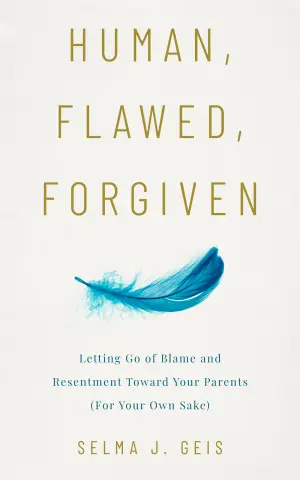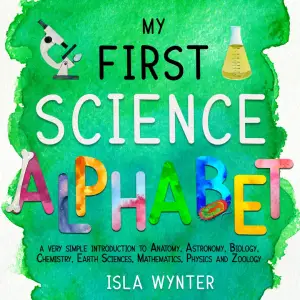A Personal Reflection on "The New Jim Crow": A Journey into America’s Injustice
When I first stumbled upon Michelle Alexander’s The New Jim Crow: Mass Incarceration in the Age of Colorblindness, I felt a pull that I couldn’t quite resist. Perhaps it was the urgency of the topic or the resounding praise it received from literary circles and civil rights activists alike. The book was not just an academic text; it was a call to arms, a conversation starter, and a mirror reflecting uncomfortable truths about our society. Delving into its pages felt like stepping into a profound dialogue—a moment where historical injustices collided with contemporary realities.
From the outset, Alexander captivates her readers with a powerful thesis: that the mass incarceration of African Americans is not merely a consequence of crime, but rather a systematic form of racial control reminiscent of Jim Crow laws. She masterfully intertwines personal anecdotes, legal analysis, and eye-opening statistics, creating a compelling narrative that interrogates the "War on Drugs" and its devastating impact on black communities. The way she breaks down complex legal structures and historical context makes this heavy topic accessible without diluting its gravity.
What struck me most was Alexander’s ability to unpack the illusion of a "colorblind" society—how discrimination has transformed but not disappeared. Her argument that we have "not ended racial caste in America; we have merely redesigned it" echoes with urgency today, making it a vital read in the wake of movements like Black Lives Matter. The statistics she presents are haunting; for instance, revealing that 80% of young African American men have criminal records shakes the very foundation of my understanding of justice and privilege.
Alexander’s eloquent prose flows seamlessly, yet it carries the weight of her research and insights. I couldn’t help but feel a mixture of sadness and anger while reading her assessment of how societal perceptions of criminality are steeped in racial bias. A poignant quote that resonated deeply with me reads: "Rather than rely on race, we use our criminal justice system to label people of color ‘criminals’ and then engage in all the practices we supposedly left behind." It evoked a grim reflection on how normalized these racial narratives have become, often going unexamined in everyday conversations.
The pacing of the book is gripping; each chapter builds on the last, compelling readers to confront their biases and assumptions about race and justice. While some might find parts of the book repetitive, I saw this as a testament to its core message—a persistent reminder that these narratives need to be heard, understood, and acted upon.
In essence, The New Jim Crow is more than a book; it is an essential tool for anyone interested in understanding the intersections of race, law, and social justice. I would highly recommend it to not just activists and students of sociology, but to anyone who wishes to engage thoughtfully with the societal structures that shape our lives. Personally, this reading experience has been transformative—one that has reshaped my views on justice, equality, and the urgent need for reform.
In a world still grappling with the shadow of racism and systemic inequality, Michelle Alexander’s work serves as a clarion call to remember the past while striving for a more just future. If you haven’t yet picked it up, I encourage you to do so—your perspective, like mine, may just shift in remarkable ways.
You can find The New Jim Crow: Mass Incarceration in the Age of Colorblindness here >>






